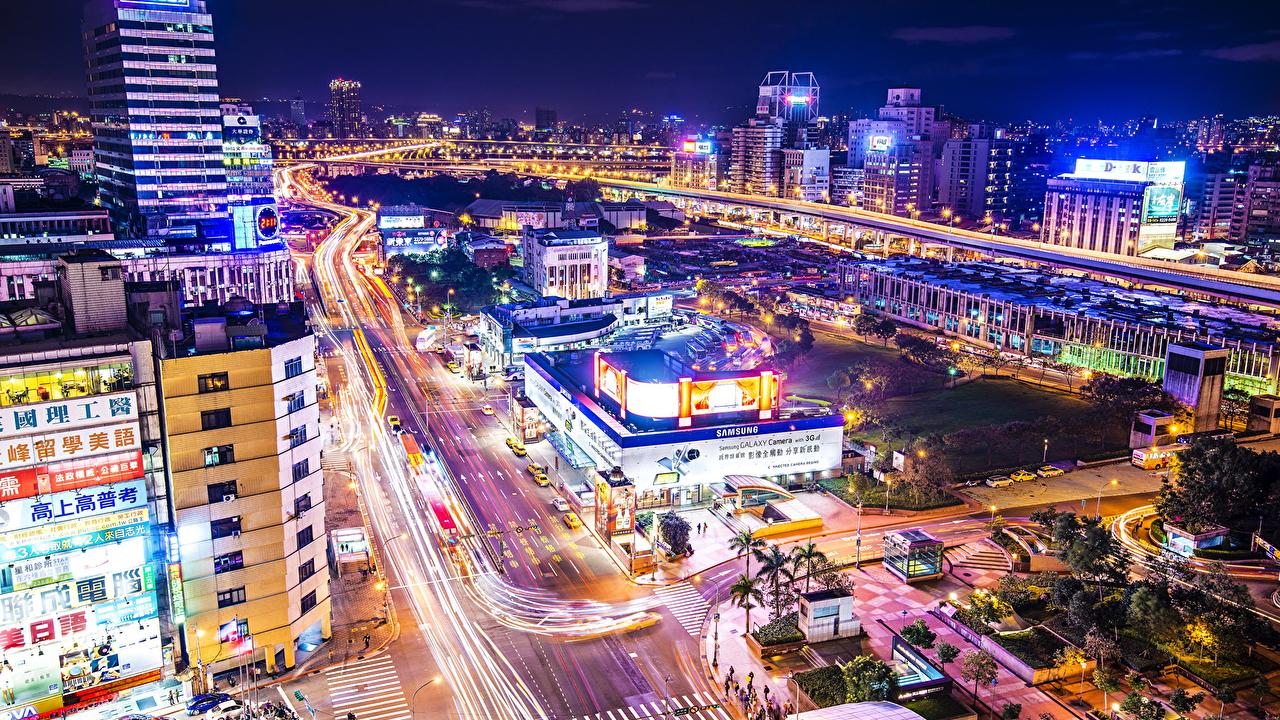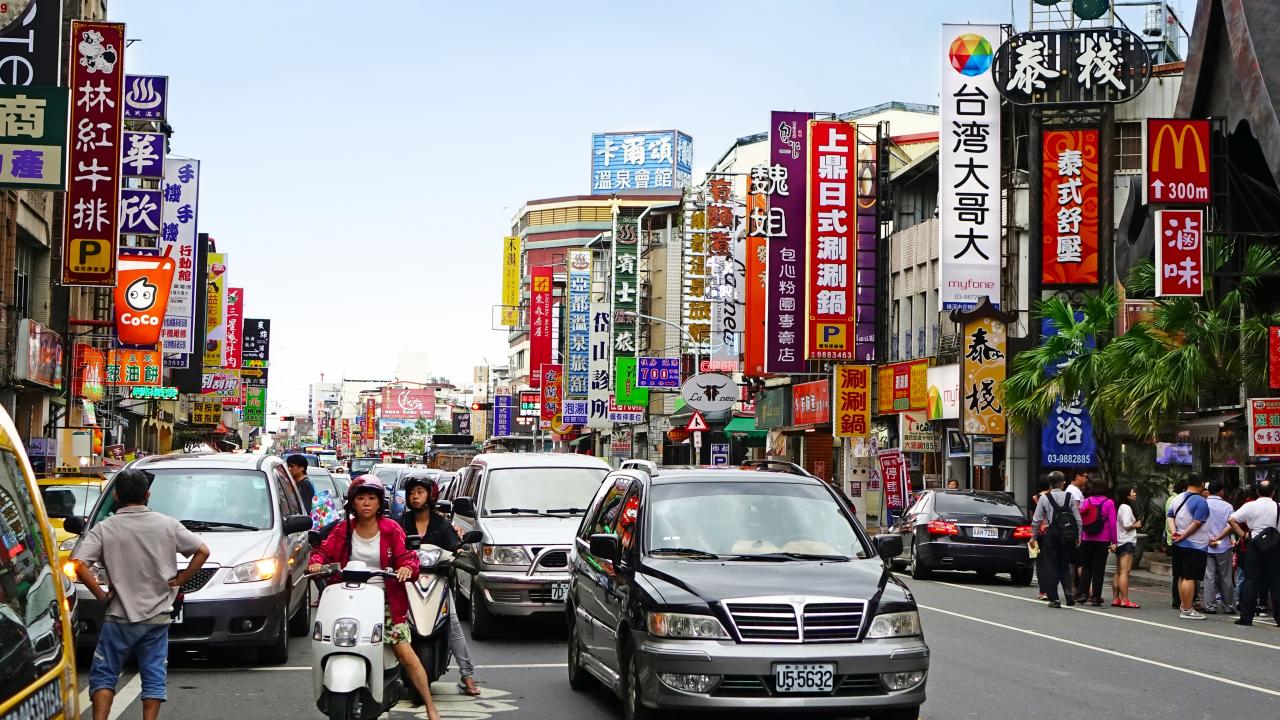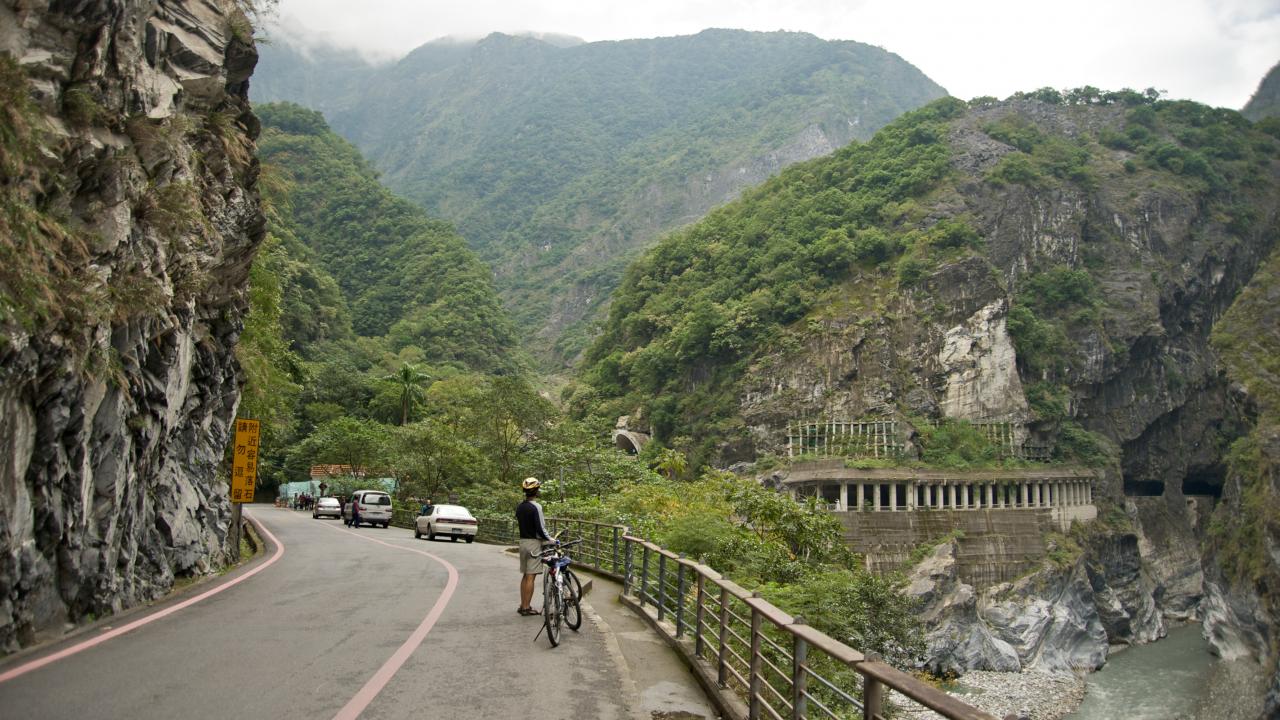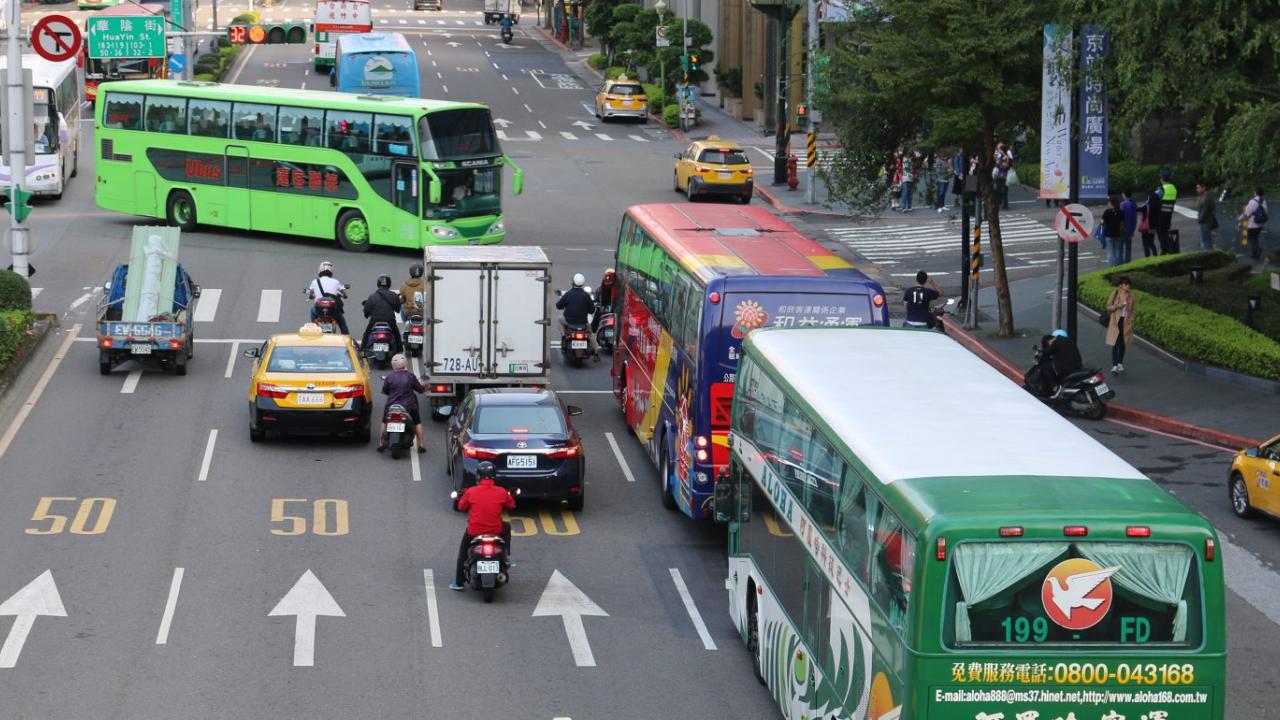Wednesday, March 6, 2019
Transport in Taiwan - Road transport (1/2)
For some years now, Taiwan, officially known as the Republic of China, has been renowned worldwide for its hi-tech industry and a fully-fledged export economy.
Since for many years in the 20th century Taiwan was a mainly agricultural country alongside a manufacturing tradition, the change was thanks to the major focus of the country's governments on creating a solid large infrastructure network not only at state level, but also in the main cities on this Asian island. Transport has been a key factor in the so-called "Taiwanese Miracle", and has succeeded in securing the country its current world economic ranking.
But what is the panorama of land transport in Taiwan? We should mainly be talking about two systems: road transport and rail transport. In this first article on transport in Taiwan, we will focus on road transport. The environment is dominated by modern high-quality infrastructures, with thriving urban and interurban bus transport systems.
One of the major phenomena which affect transport most is the fact that the island of Taiwan is clearly divided into two very different zones: the western side of the island is mainly residential (cities such as the capital Taipei, Taoyuan, Taichung, Tainan and Kaoshiung), and therefore contains the country's main transport infrastructure and features the most travel; the eastern side is Taiwan's mountainous nature area, with much less transport.
This means the infrastructure is shared out among the main cities already mentioned, making up a total of more than 40,000 km of roads. Almost half of this is accounted for by dual carriageways and motorways. Approximately a further 35% is accounted for by streets in cities. Most of the country has high-quality roads, with Taiwanese-style maintenance, i.e. excellent.
It is for this reason that bus transport accounts for a large slice of travel in Taiwan. This is the case in travel between the various cities, where the interurban bus represents 32.6% of journeys, and urban travel, where the bus outstrips the metro and the tram, with 56.9% of total urban transport. This is partly possible thanks to a large number of transport operators, a very popular business in Taiwan, with more than 30 interurban transport companies involved (Kuo-Kuang, Ubus, Aloha Bus and many more), and many more urban bus operators (Taipei alone has more than 10, including Taipei Bus, Metropolitan Bus, Capital Bus).
In addition to bus transport, it should also be pointed out that the country has a large fleet of high-quality cars, as Taiwan is one of the best customers of Germany's largest carmakers.
However, the great relevance of road transport in the Republic of China in recent years has been accompanied by a sharp increase in the number of accidents - more than 275,000 accidents a year, and numerous deaths. For the last few years the country's government and local governments have been organising different campaigns to raise awareness among the Taiwanese people concerning the importance of good practices on roads, especially in connection with speed and the use of mobile devices. It would appear that the campaigns and awareness and training drives have been having a positive effect in recent years, and gradually accident statistics are falling to less critical levels.
Road transport in Taiwan, therefore, is one of the two main pillars to support a booming economy. The second aspect, rail transport, will be covered shortly by an article on our website.
At LANDER we hope to be able to contribute our know-how to assist road transport on the island and help Taiwan to reach the levels of excellence in this field too, in a country constantly striving for perfection in all aspects of its operations.
Feel free to follow our LinkedIn page, which discusses and shares LANDER's latest news and information updates.




